Members of the De Stijl movement used abstract, geometric principles and primary colors in painting, sculpture, design, and architecture.
1917 - 1931

Members of the De Stijl movement used abstract, geometric principles and primary colors in painting, sculpture, design, and architecture.
1917 - 1931
We're adding new content all the time!
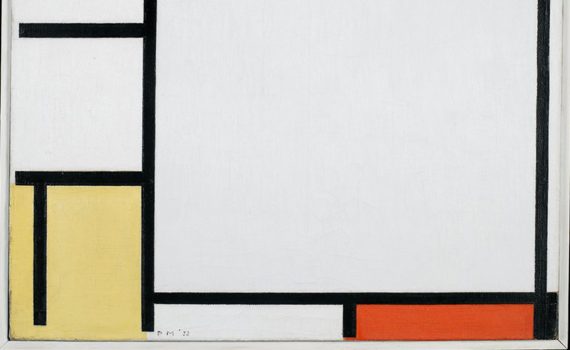
The elements of De Stijl are the artist’s equivalent of the physicist’s building blocks: protons, neutrons, and electrons. With a bucket of each of these you could make anything in the universe.
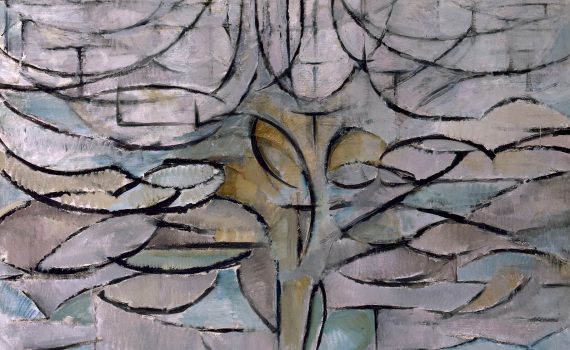
"If one conceived of these forms as increasingly simple and pure, commencing with the physical visible forms of appearance, then one passes through a world of forms ascending from reality to abstraction. In this manner one approaches Spirit, or purity itself."
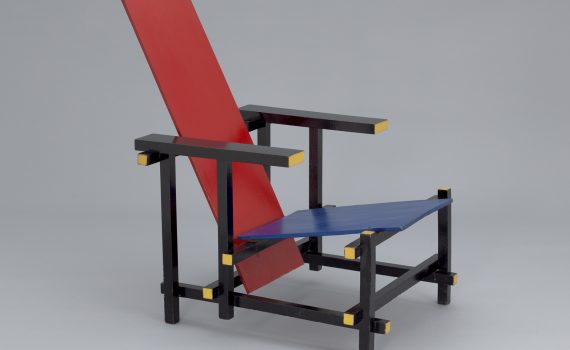
De Stijl believed its utopian aspirations would be achieved by creating total environments, over which the designer (not the inhabitant) had complete control.
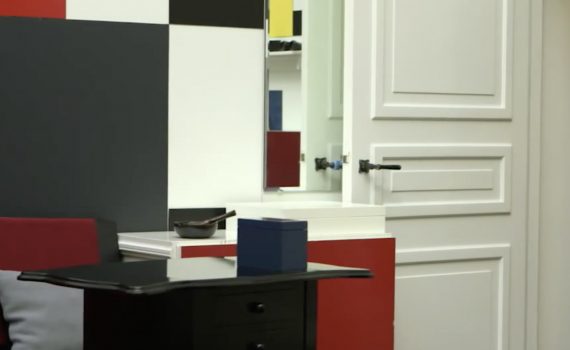
Can color just be color, rather than representing something else? Step into Mondrian’s studio to find out.
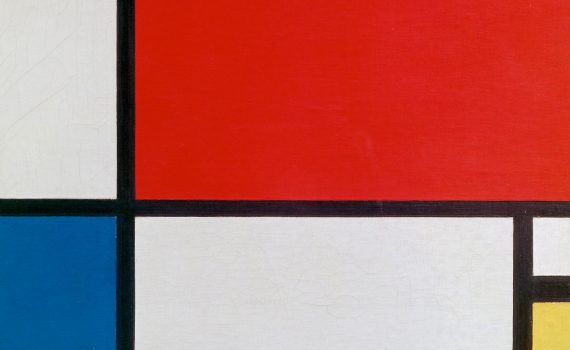
Mondrian believed that abstraction provided a truer picture of reality than illusionistic depictions of objects.
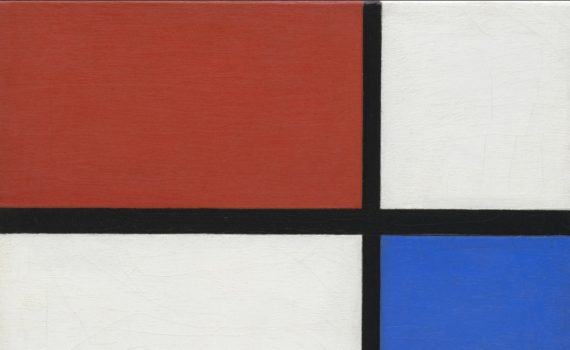
This painting is purely abstract, but Mondrian hasn’t obliterated his own hand—step closer to see the brushstrokes.